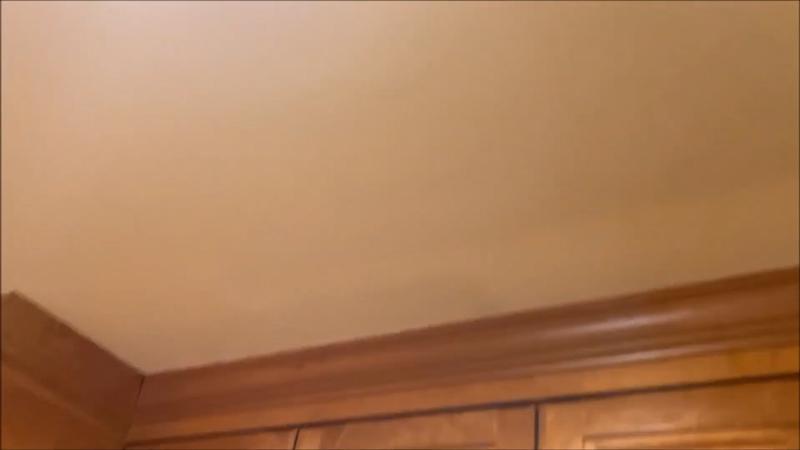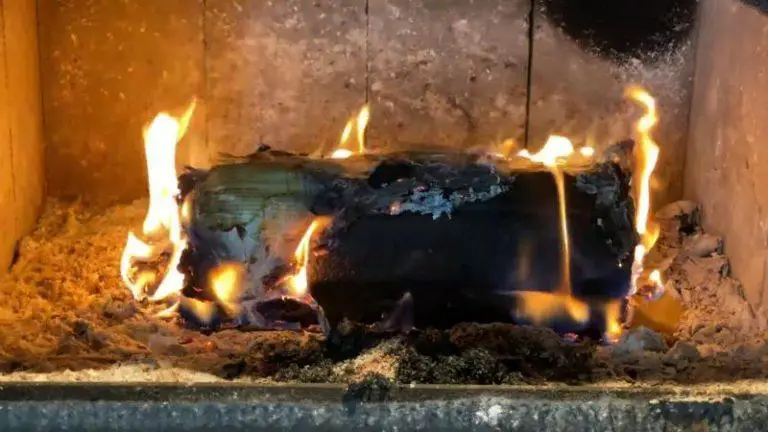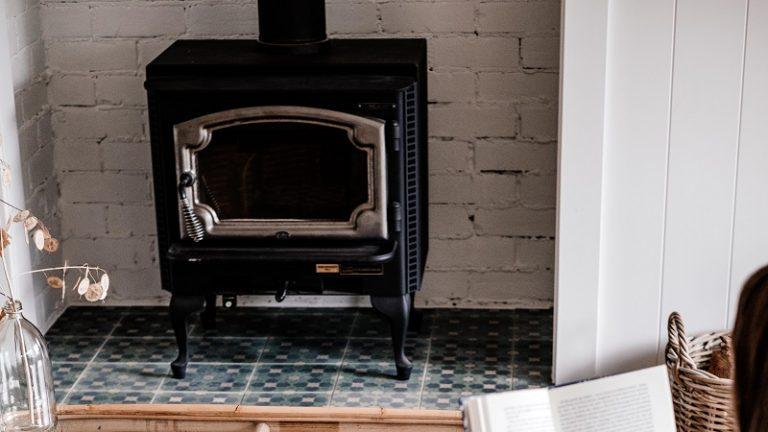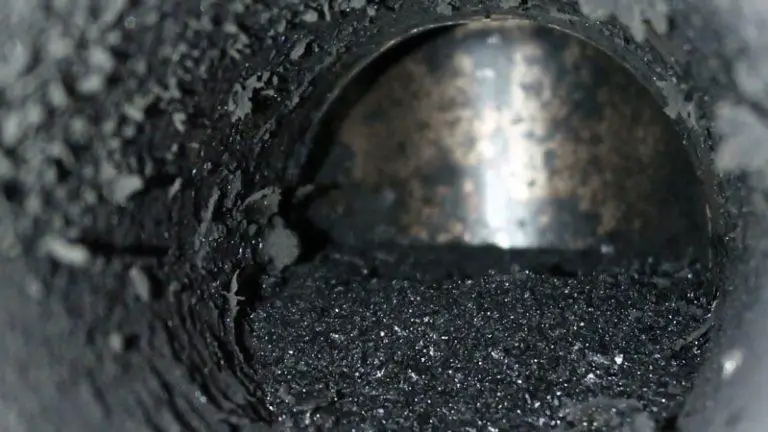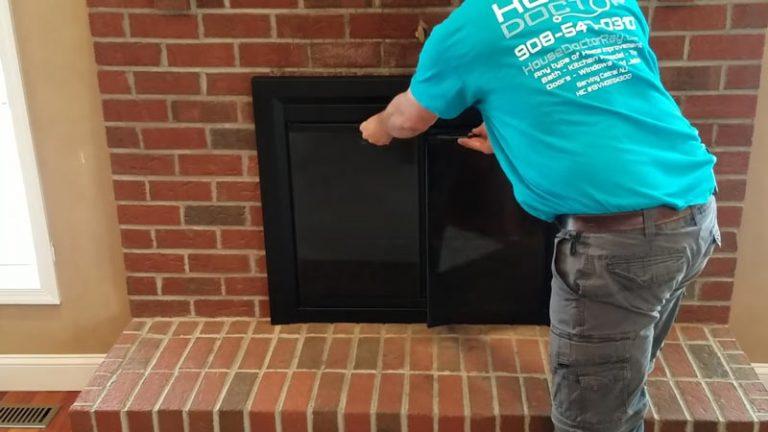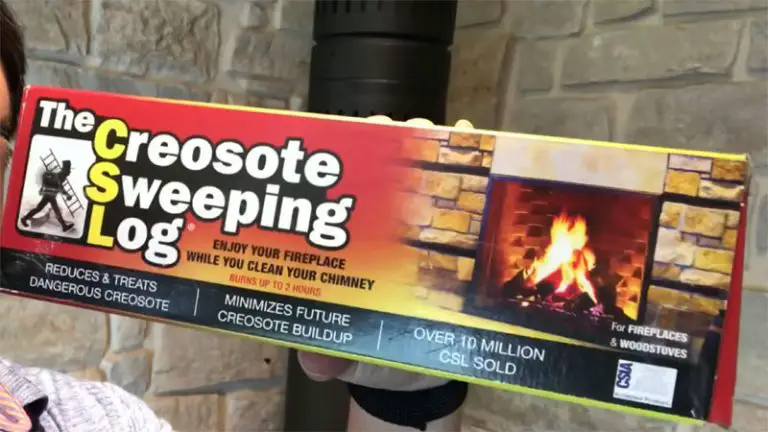Gas Leak Carbon Monoxide [Everything You Need to Know]
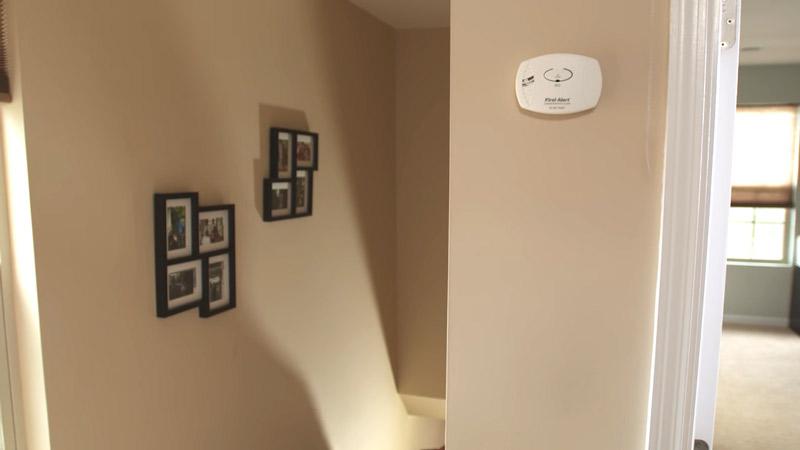
If you notice black, sooty marks on the front covers of gas fires or any other signs of misuse, it’s time to take action. Check for stains on or around boilers, stoves, or fires – if there are any, make sure your heater is turning on and set the heat level to a hot enough temperature.
In case carbon monoxide levels are high in your home, test for them first by opening windows and doors and monitoring the environment outside carefully. If necessary adjust the shower mixing valve accordingly. Always be sure to check fireplaces every year (or more often if there have been big changes) in order not only to save yourself from potential damage but also to reduce CO concentrations in the air.
You'll Learn About
Do gas fires give off carbon monoxide?
Carbon monoxide is a deadly gas that can come from any kind of fire, including those in your home. If you smell gas or see smoke coming from the fireplace, don’t ignore it.
A gas fireplace can be a source of carbon monoxide poisoning if the unit is not properly vented or if it has poor fuel quality. When you have a gas fireplace, make sure that your vents are clear and that the fuel is fresh and in good condition.
If you experience any symptoms such as feeling unwell, nausea or vomiting, drowsiness, or difficulty breathing, get out of the area as quickly as possible and call for help. Carbon monoxide is a dangerous gas that can cause serious health problems if inhaled over time.
Symptoms of carbon monoxide poisoning include feelings ill, nausea and vomiting, dizziness, and confusion. If you think that someone may be experiencing these symptoms after being near a gas fireplace, get them out immediately. Make sure to keep your vent clear so that condensation does not build up on the inside of the unit.
This can lead to CO levels rising dangerously high in large spaces like apartments or houses with large fireside. Things you should keep check in:
- Always remember to use caution when around open flames – even smaller firepots can create thick plumes of harmful smoke which could easily cause serious burns if ingested.
- Never leave children unattended around any kind of fire – they are particularly at risk from accidental burning injuries caused by candles, lamps, stoves, etc.
- Keep all combustibles well away from open flames – this includes furniture waxes paper goods anything else containing flammable materials.
- Before starting any kind of office always check for safety regulations in your location about proper ventilation & fueling requirements (ie no heavy oil fillings ).
- Check local weather reports before lighting ANY outdoor fire just to be safe. And finally, never leave an outdoor grill unattended, especially during peak BBQ season.
- Finally, stay aware while grilling outdoors – several factors increase our chances of becoming injured while barbecuing including alcohol intoxication and smoking excessive amounts of wood & charcoal.
How Do I Know If My Gas Fire Is Leaking Carbon Monoxide?
If you notice black, sooty marks on the front covers of your gas fires or any other indications that there may be a problem with these appliances, it is important to take action right away.
Check for yellow/brown stains on or around boilers, stoves, or fires- if they’re present, this means that the appliance isn’t operating properly and could pose an explosion hazard. Make sure your heater is turned on (or it’s defective) before setting the heat level to a hot enough temperature in order to avoid getting too cold in wintertime or too hot in the summertime.
Adjust as necessary according to where you live and how much insulation you have available. Test for carbon monoxide levels- if high readings are detected, it may be time to call professionals for help fixing the issue(s). Finally, make sure that your shower mixing valve is adjusted correctly. Otherwise, water will not flow freely from the faucet and can cause flooding in your bathroom.
Look For Black,Of Gas Fires
If you have a gas fire with front covers, look for black, sooty marks on the fronts of the covers. This could be an indication that there is carbon monoxide leaking from your fireplace and into your home.
You should take action to address this issue as soon as possible to protect yourself and your family. By following these simple tips, you can identify whether or not your gas fire is leaking CO and take appropriate corrective measures if necessary Be proactive in protecting yourself and loved ones by checking for signs of CO leakage before it becomes too late.
Solid Fuel Burn Slowly
This sounds pretty bad but it’s not a big issue. You are probably better off to open the flue on your stove and have a good look to see if it is plugged and have a look at the flue itself. When we did this it only took 10 minutes to sort out.
Once you have done that you need to do a clean out of your flue. You will need to make sure you have all of the shavings down and the end piece of your chimney cap (if you have one) down so that there is nothing coming into your flue and no gas or flames.
If you’re not familiar with how the flue works, all this does is to push air and heat from the inside of the chimney back out. It’s really simple and can be done pretty easily by yourself if you use the right tools.
Sooty or Yellow/Brown Stains On Or Around Boilers, Stoves, Or Fires
If you notice sooty or yellow-brown stains on or around your gas boiler, stove, or fire, it’s time to take action. Check for the telltale signs of a leaking carbon monoxide system and act quickly to prevent serious injury.
Make Sure Your Heater Is Turning On (Or It’s Defective)
If your gas fire emits a strong, pungent odor and starts making strange noises, it may be leaking carbon monoxide. To check for leaks, turn off the power to the unit by flipping the breaker or unplugging it from the wall outlet.
Next, use a carbon monoxide detector to sniff around each burner area; if you smell anything bad, there could be a leak. If you can’t find any obvious signs of CO poisoning (such as black soot on walls or ceilings), have an expert come out and inspect your system for hidden problems.
Be sure to keep all flammable materials—including newspapers and leaves—away from your gas fireplace during winter months in order not to start a potential CO fire.
Set The Heat Level To A Hot Enough Temperature
Leaking gas fires can release carbon monoxide, which is a poisonous gas. To check if your fire is leaking CO, turn off the main electrical breaker in your home and then measure the CO levels before turning on the electric fireplace or stove again. If you have an open flame burning in any room of your house (even if it’s just one light), you need to reduce the heat setting on all of your appliances to compensate.
A hot enough temperature will prevent dangerous fumes from escaping from a faulty gas fire – but only if it’s turned off at night and during cold weather. If you notice that there are high levels of CO present in your home, call an experienced professional immediately.
Blowing Pilot Lights
Many gas fireplace pilot lights can fail and release carbon monoxide into the house. A malfunctioning pilot light can cause the gas to leak out of the pilot flame. This could cause gas burns or carbon monoxide poisoning.
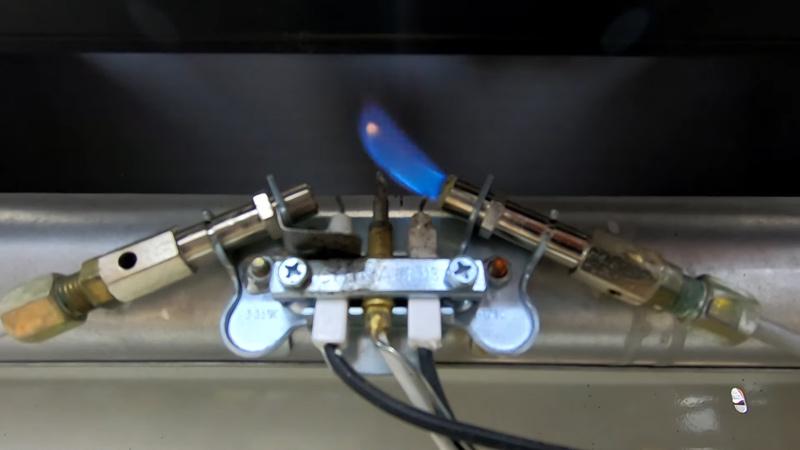
Tips to preventing gas fireplace pilot light failure:
- Try to install the pilot light in the most convenient place possible. The pilot light should be centrally located in the fireplace so that it can easily be found and replaced quickly.
- Closely examine and clean the pilot light regularly, especially during the winter.
- Clean the combustion chamber after each use.
- Make sure the pilot light is working properly when you buy your fireplace. A working pilot light is crucial for safely using your fireplace.
Test For Carbon Monoxide Levels
If your gas fire is leaking carbon monoxide, you should take action to fix the issue as soon as possible. You can test for carbon monoxide levels in your home using a simple kit from your local home improvement store.
Once you know that there is an issue, it’s important to call a professional to get it fixed properly. Make sure you have all of the necessary supplies before beginning the repair process–including protective gear and information about safe practices during and after repairs are made.
Remember: if you detect high levels of carbon monoxide in your home, act quickly and safely to protect yourself and those around you.
How do you know if you have a carbon monoxide leak?
If you are feeling unwell in your home after being away for a short period of time, the first thing to do is check for carbon monoxide leaks. Carbon monoxide can be released from natural gas or propane appliances, and it can cause headaches, dizziness, and even death if not detected and treated quickly.
If you notice any of the signs above in your home, it’s important to check for carbon monoxide leaks. Open windows and doors to let fresh air in and look for areas where gas is seeping out (this includes cracks around pipes, joints, or behind walls).
Get Your Home Protected – If you do find a leak, call your local fire department right away. A CO alarm will help them locate the source of the gas quickly. You can also get protection by installing an approved CO detector and signing up for alerts from National Fire Protection Association (NFPA) or American Gas Association (AGA).
Fix Any Defective Appliances – Make sure all appliances are properly sealed against potential damage from leakage – this includes water heaters, furnaces, dishwashers, ovens, and more. Replace old or worn appliance parts as necessary so that they don’t leak again.
Test For Leaks Regularly – Don’t wait until something goes wrong before checking for leaks – test your home regularly for undetectable levels of carbon monoxide using a professional service like NextEra Energy Solutions’ SmartCheck® program.
Check for Carbon Monoxide Leaks- If you notice any of the signs above in your home, it’s important to check for carbon monoxide leaks. Open windows and doors to let fresh air in and look for areas where gas is seeping out (this includes cracks around pipes joints or behind walls).
Get Your Home Protected- If you do find a leak, call your local fire department right away. A CO alarm will help them locate the source of the gas quickly.
To Recap
If you have a gas fire, it is important to check for leaks periodically and address any problems that are found. Leaks can cause carbon monoxide poisoning, which is an emergency situation. Some fireplace also smells like kerosene. Keep eye on that too.

